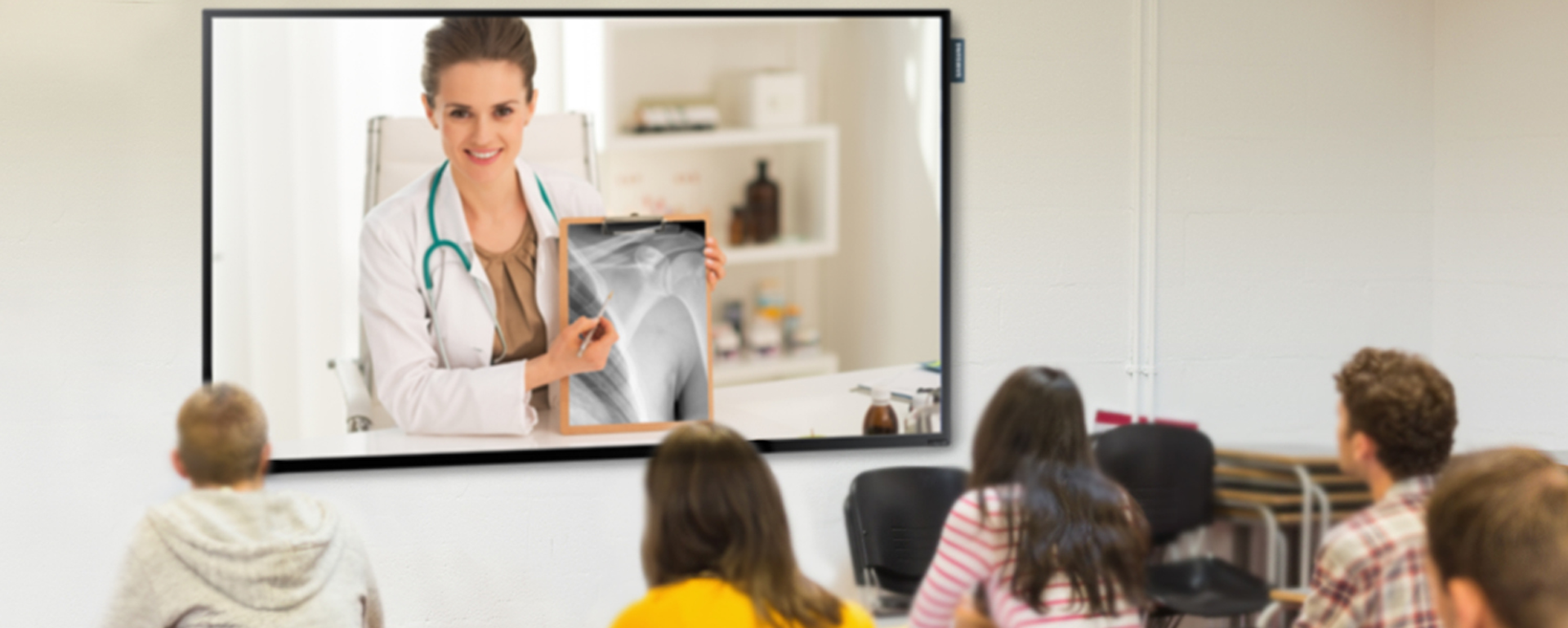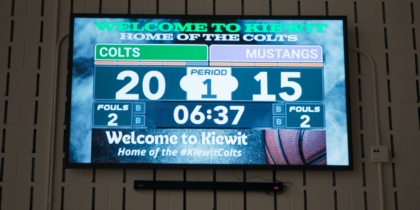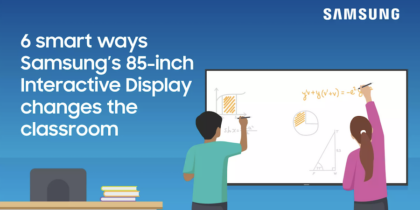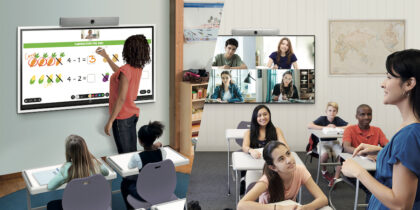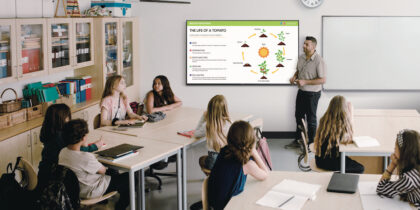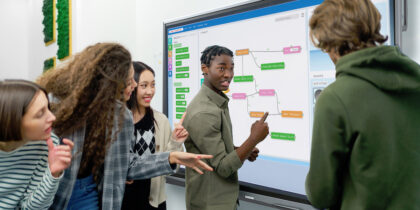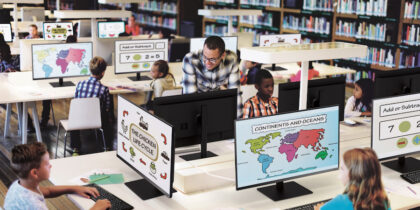For years, business and government leaders have asked educators to prepare students for careers in science, technology, engineering and mathematics (STEM). In addition to providing education that targets the essential skills required for careers in STEM fields, educators can use technology, such as a virtual education platform, to encourage their students to pursue these in-demand careers that will help drive future economic growth.
Connecting Students With Professionals
Through live video conferences, students can connect with people working in STEM careers to get a sense of what the work is like on a day-to-day basis. They can also ask questions and get insight into these professionals’ lives outside of work — and find out that even the most intense careers in STEM allow time for a personal life.
One such virtual education platform is Nepris, a company that connects volunteer professionals with classrooms. Nepris was created to facilitate live video connections between classrooms and people working as researchers, engineers and in a myriad of other STEM-related careers — helping teachers find the right person to bring to life what they are learning in the classroom with real world workplace applications. Each professional posts a short biography along with their skills and work experience. Then, teachers post what they need for their students, and the professionals receive notifications when they might be a good fit. Companies can also proactively offer sessions like virtual tours of labs, manufacturing facilities and Q&As with professionals. For example, Samsung Austin Semiconductor has offered the opportunity for students to chat with its engineering team.
Taking the Discussion Further
In addition to live discussions, students can view a host of videos that show how the skills they’re learning in the classroom can be applied to real-world situations.
One such recording shows how math is used in the manufacturing of clothing. Ashere Potter, a teacher of Plano ISD in Texas, requested the session and said that her students really enjoyed the program. Potter added that the girls in the class were happy that they had a woman presenting to them. “After the cameras were off, we discussed how your everyday job responsibilities mirror what we do in the classroom,” said Potter.
The topics included in the conversation covered multiple areas, including cost calculation, general problem solving and in-depth math problems, while introducing students to the world of fashion design.
Showing Women in Science Careers
When young girls see other women doing science in the real world, it helps them realize that this type of career is possible. This recognition is critical in keeping girls interested in STEM fields past middle school. “These students are talking to real people who have real lives,” says Sabari Raja, co-founder of Nepris. Raja notes that young girls, in particular, benefit from seeing female scientists and engineers speak about their personal lives, demonstrating that you can strike a balance between your professional and personal responsibilities.
After hosting a chemistry in the car wash session with his students, Roger Daryel Sellers, a middle school teacher from Fort Worth, Texas, said, “Many of our students had the image of an old man wearing glasses and a lab coat when they heard the word ‘engineer.'” After seeing the female presenter in action, one of Sellers’ students noted that she could picture herself as an engineer in the future.
Bringing Real-World Science Into the Classroom
Nepris offers a free trial and teachers can easily sign up and get connected to thousands of professionals within minutes. Just work with your IT team to ensure that you’ve got the bandwidth and the technology for hosting a live video conference or for viewing a recorded one. Once you’re signed in, create a new request, search to find the sessions that match your need (recorded sessions show the standards they address) or simply look for industry offered sessions and join.
